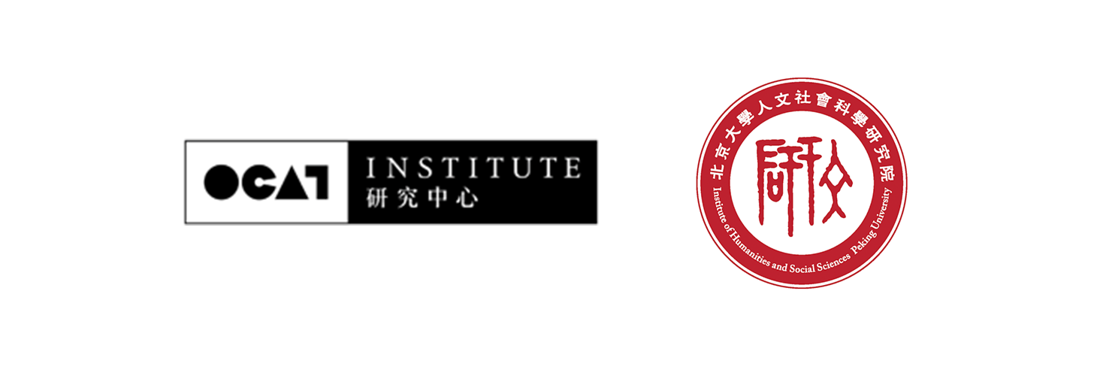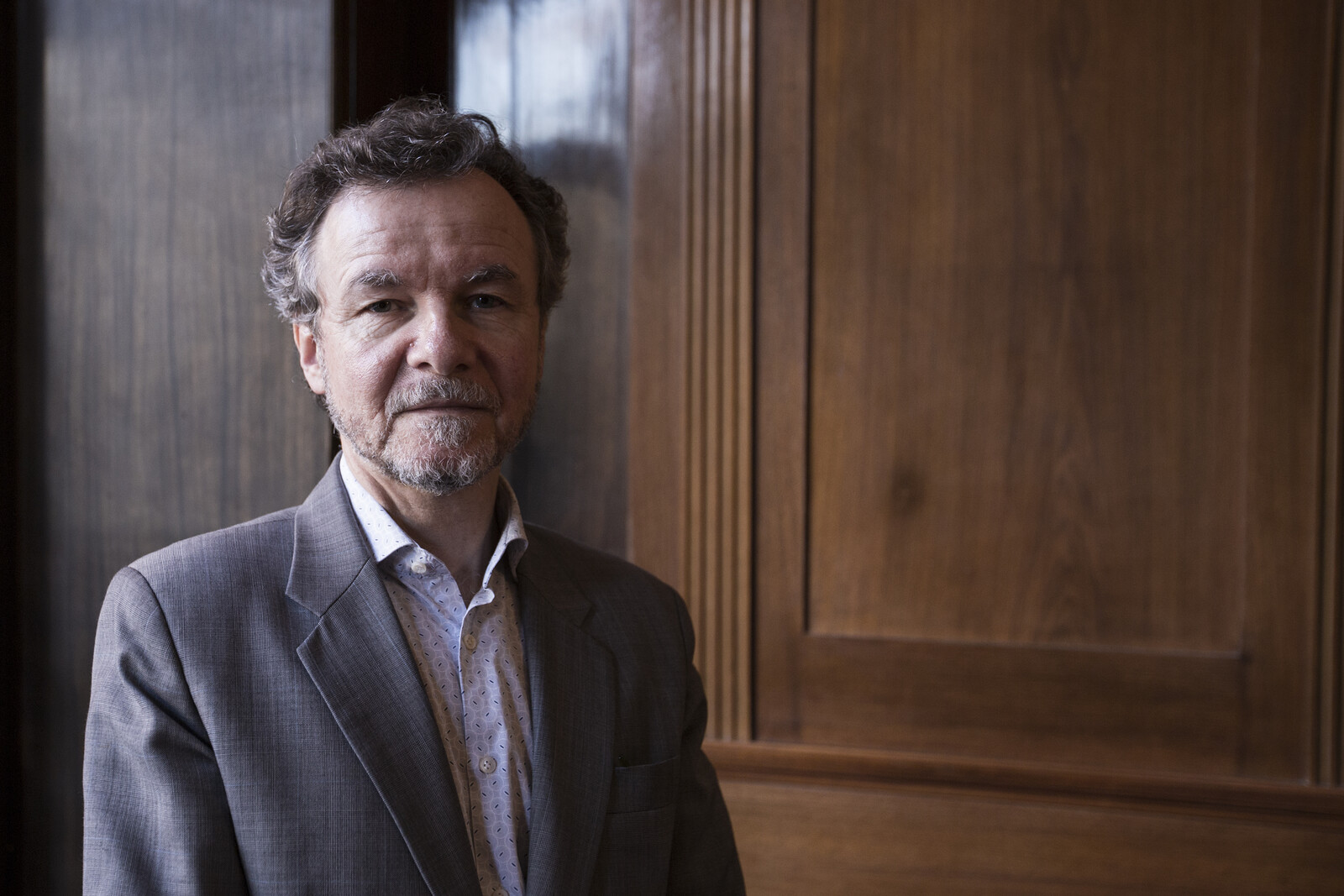Online
January 15–17, 2021, 6:30pm
Chaoyang District
Jinchanxilu
Beijing
China
Hours: Tuesday–Sunday 10am–5pm
T +86 10 6737 5518
info@ocatinstitute.org.cn
Lecture 1: The “Mosaic Distinction” and Modernism: January 15
Panelists: Wang Yudong, Wan Muchun, Yan Haiying, Zhuge yi
Zoom Meeting ID: 646 4105 9945; Passcode: 123456
Lecture 2: Aniconism, Materiality, and Sacrality: January 16
Panelists: Li Silong, Shen Yubing, Zheng Yan, LaoZhu
Zoom Meeting ID: 688 5237 9781; Passcode: 123456
Lecture 3: “Abstraction” and Creative Destruction: January 17
Panelists: Shen Yubing, Wang Yudong, Wan Muchun, Zhuge Yi
Zoom Meeting ID: 682 3832 1422; Passcode: 123456
Our time is ripe with iconoclastic movements. Some use religious arguments, others political ones, but they share an emphasis on the image of destruction and a clearcut opposition between friend and foe. This dividing act may be compared with the German Egyptologist Jan Assmann’s notion of “Mosaic distinction”, i.e. the contrast between a true God and false divinities, true religion and false superstitions. Assmann regards this distinction as typical of monotheistic rhetoric and he traces its origin back to the religious revolution brought about by Akhenaten in Egypt in the fourteenth century BCE. Another feature recurring in subsequent monotheisms is the iconoclastic rejection of divine images and the prohibition of image cult. Assmann’s interpretation has been criticized by other specialists, and scholars of Judaic and Islamic culture have argued that their assumed radical aniconism is a modern invention. The lectures will argue, however, that Assmann’s thesis is illuminating for an understanding of Modernism.
A useful and problematic notion in this context is “aniconism”, coined in 1864 by the German archeologist Johannes Adolph Overbeck to characterize the earliest forms of symbolization of the divine among the ancient Greeks. It reveals an oppositional quality, but remains predicated upon a naturalistic understanding of iconic representation. The lectures will draw attention to the role of materials and imaginative perception in techniques of presentification of the divine, first in ancient societies, then in Bernard’s and Picart’s 1723–37 Religious Ceremonies and Customs of All the Peoples of the World, and finally in the work of primitivist artists such as Gauguin and Noguchi. The religious sources and metaphysical claims of abstractionism will be examined in the art and writing of the American painter Ad Reinhardt, and the continuing allure of the tabula rasa ideal will be observed in the discourse of “creative destruction”.
About Dario Gamboni
Dario Gamboni received his PhD degree in Art History from the University of Lausanne in 1989, took up faculty positions consecutively at the Université Lumière Lyon II, Case Western Reserve University, and the University of Amsterdam, and has worked as a full professor of Art History at the University of Geneva from 2004 to 2020. From 1993 to 1998, he was a member of the Institut Universitaire de France, Paris. He has received research fellowships from a number of institutions, including the Center for Advanced Study in the Visual Arts (CASVA), National Gallery of Art, Washington, D.C., the Henry Moore Institute in Leeds, and the Getty Research Institute, Los Angeles. Moreover, he also serves or has served on the editorial boards of several journals, such as Res: Journal of Anthropology and Aesthetics, Art History, as well as Word and Image.
Gamboni’s research interests lie in a variety of fields, including the relationships between art andliterature, religious art, modern iconoclasm, the meaning and reception of images, museum and collecting history, etc. Some of his major publications are: The Brush and the Pen: Odilon Redon and Literature, The Destruction of Art: Iconoclasm and Vandalism since the French Revolution, Potential Images: Ambiguity and Indeterminacy in Modern Art, Paul Gauguin: The Mysterious Centre of Thought, and The Museum as Experience: An Email Odyssey through Artists’ and Collectors’ Museums.
Furthermore, Gamboni is also actively engaged in the curating of exhibitions, including of contemporary art. In 2006, he was awarded the Meret Oppenheim Prize, the most prestigiousprize in the field of contemporary art in Switzerland. Since 1985, he has co-organized a series of art exhibitions, notably Louis Rivier (1885–1963) et la peinture religieuse en Suisse romande (Musée cantonal des Beaux-Arts, Lausanne, and Kunszmuseum Luzern, 1985), Iconoclash: Beyond the Image Wars in Science, Religion and Art (ZKM-Center for Art and Media, Karlsruhe, 2002), and Une image peut en cacher une autre. Arcimboldo – Dalí – Raetz, (Galeries nationales du Grand Palais, Paris, 2009).



